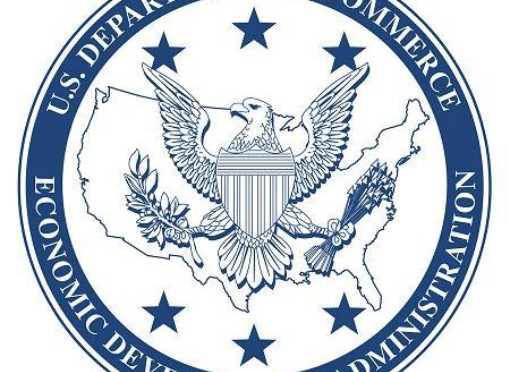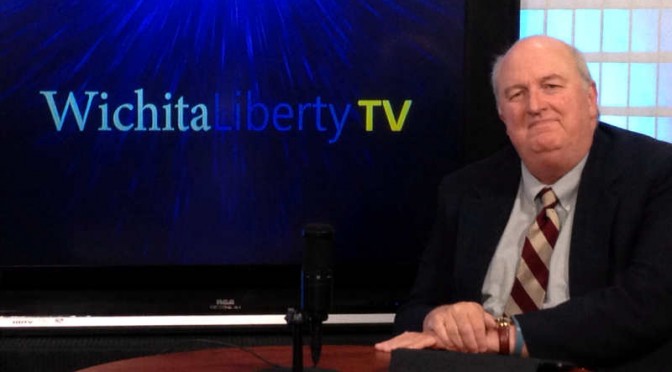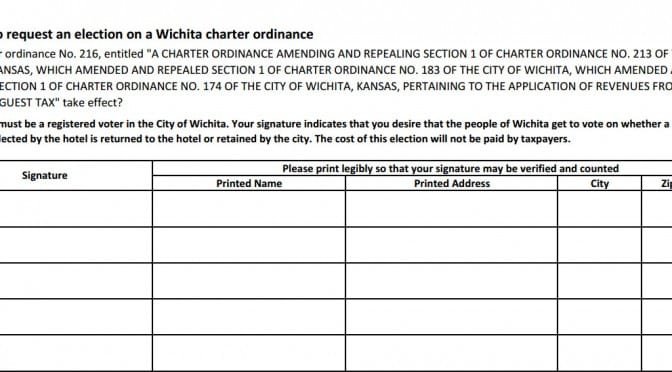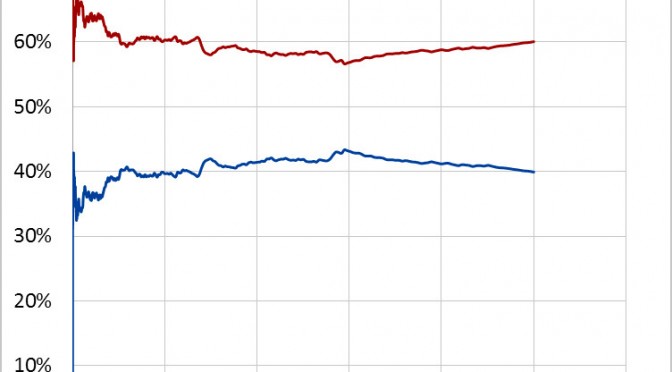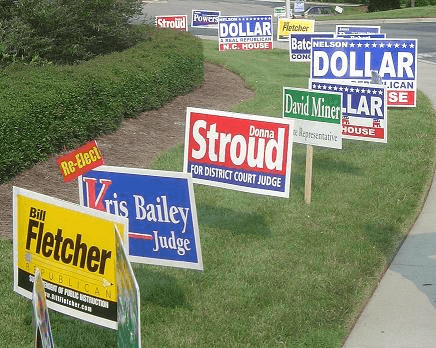Citizens in Wichita have been busy exercising their rights of initiative and referendum at the municipal level. The Kansas Legislature should grant the same rights to citizens at the state level.
What recourse do citizens have when elected officials are not responsive? Initiative and referendum are two possibilities. Citizens in Wichita have exercised these rights, but Kansans are not able to do this at the state level.
Initiative is when citizens propose a new law, and then gather signatures on petitions. If a successful petition is filed, the matter is (generally) placed on a ballot for the electorate to decide whether the proposed law will become actual law. Examples are the initiative to add fluoride to Wichita water (which voters rejected) and reduce the penalties for possession of small amounts of marijuana (which passed, but has not taken effect pending legal action by the Kansas Supreme Court.)
Referendum is when citizens petition to overturn an act passed by a governing body. An example is the 2012 repeal of a charter ordinance passed by the Wichita city council.
So at the municipal level in Kansas, citizens have the right of initiative, although in practice the right is limited. The right of referendum is more narrowly limited. But at the state level, there is no possibility for citizens to exercise initiative or referendum. The law simply does not allow for this.
Policies, not politicians
Initiative and referendum allow citizens to vote on specific laws or policies. This is contrasted with elections for office, where voters must choose candidate A or candidate B. Voters have to take the entire package of positions associated with a candidate. It isn’t possible to select some positions from candidate A, and others from candidate B. So when a candidate wins an election, can we say why? Which of the candidate’s positions did voters like, and which did voters not like? Results of regular elections rarely provide a clear answer.
Initiative and referendum, however, let citizens vote on a specific law or proposal. There is little doubt as to the will of the voters.
There’s a difference between voting for politicians and voting for policies. When given a chance, Wichitans have often voted different from what the council wanted. An example is the 2012 overturn of a charter ordinance the council passed. Another is the failure of the sales tax in November 2014. That was on the ballot not because of citizen initiative, but it is an example of voting directly for an issue rather than a candidate. Citizens rejected the sales tax by a wide margin, contrary to the wishes of the city council, city hall bureaucrats, and the rest of Wichita’s political class.
It’s different voting for policies than politicians. For one thing, the laws passed by initiative don’t change, at least for some period of time. But politicians and their campaign promises have a short shelf life, and are easily discarded or modified to fit the current situation.
Politicians don’t want it, which is its best argument
Generally, politicians and bureaucrats don’t want citizens to be empowered with initiative and referendum. When the city council was forced to set an election due to the successful petition regarding the Ambassador Hotel issue, reactions by council members showed just how much politicians hate initiative and referendum. Council Member Pete Meitzner (district 2, east Wichita) wanted to move the election to an earlier date so as to “avoid community discourse and debate.”
Council Member Janet Miller (district 6, north central Wichita) expressed concern over “dragging this out,” and said she wants to “get it over with as soon as we can so that we can move on.”
In his remarks, Mayor Carl Brewer advocated having the election as soon as possible. He told the city “By doing that, it eliminates a lot of turmoil inside the community, unrest.”
As you can see by these remarks, politicians don’t like citizens second-guessing their actions. Initiative and referendum gives citizens this power. John Fund said it best: “Without initiatives and referendums, elites would barely bother at all to take note of public opinion on issues they disdained — from supermajority requirements to raise taxes to term limits. They serve as a reminder that the experts sometimes have to pay attention to good old common sense.”
Petitioning is not easy
A criticism often leveled against initiative and referendum is that ballots will be crowded with questions submitted by citizens. But as anyone who has been involved in a petitioning effort knows, filing a successful petition is not a simple matter. The first petition effort to relax Wichita marijuana laws failed, with the election commissioner ruling that an insufficient number of valid signatures were submitted. (Generally, petition signers must meet certain requirements such as being a registered voter and living within a certain jurisdiction.) Now the Kansas Attorney General contends that the second petition by the same group is defective because it lacks the proper legal language. It is common for the validity of petitions to be contested, either by government or by special interest groups that believe they will be adversely affected.
How to get it
It will take an amendment to the constitution for the people of Kansas to have initiative and referendum rights at the state level. That requires passage in both chambers of the legislature by a two-thirds margin, and then passage by a majority of voters.
Although the governor does not play a direct role in constitutional amendments — as they do not require the governor’s signature — a governor can still have a role. In 1991 Joan Finney supported initiative and referendum. An amendment passed the Kansas Senate, but did not advance through the House of Representatives.
Today it seems unlikely that the present Kansas Legislature would support an amendment implementing initiative and referendum. Politicians just don’t want to give up the power. (The laws giving some initiative and referendum rights at the municipal level is a state law. State legislators were imposing a hardship on other elected officials, not themselves.)
But initiative and referendum are popular with voters. In 2013 Gallup polled voters regarding petitioning at the national level. 68 percent favored this, while 23 percent opposed. One of the few issues that poll higher than this is term limits for office holders.
By the way, do you know what citizens in states often do after gaining the right of initiative? Impose term limits on their legislatures. Lawmakers don’t want you to do that.
Recent history in Wichita
In 2011, Wichitans petitioned to overturn a charter ordinance passed by the city council. In February 2012 the ordinance was overturned by a vote of 16,454 to 10,268 (62 percent to 38 percent). This was a special election with only question on the ballot.
In 2012 a group petitioned to add fluoride to Wichita water. The measure appeared on the November 2012 general election ballot, and voters said no by a vote of 76,906 to 52,293, or 60 percent to 40 percent.
On the November 2014 general election ballot, Wichita voters were asked about a one cent per dollar sales tax. This was not the result of a petition, but it provides an example of a vote for a policy rather than a person. Voters said no to the sales tax, 64,487 to 38,803 (62 percent to 38 percent.)
In 2015 a group petitioned to reduce the penalties for possession of small amount of marijuana. The measure appeared on the April 2015 city general election ballot, where Wichita voters approved the proposed law 20,327 to 17,183 (54 percent to 46 percent).

